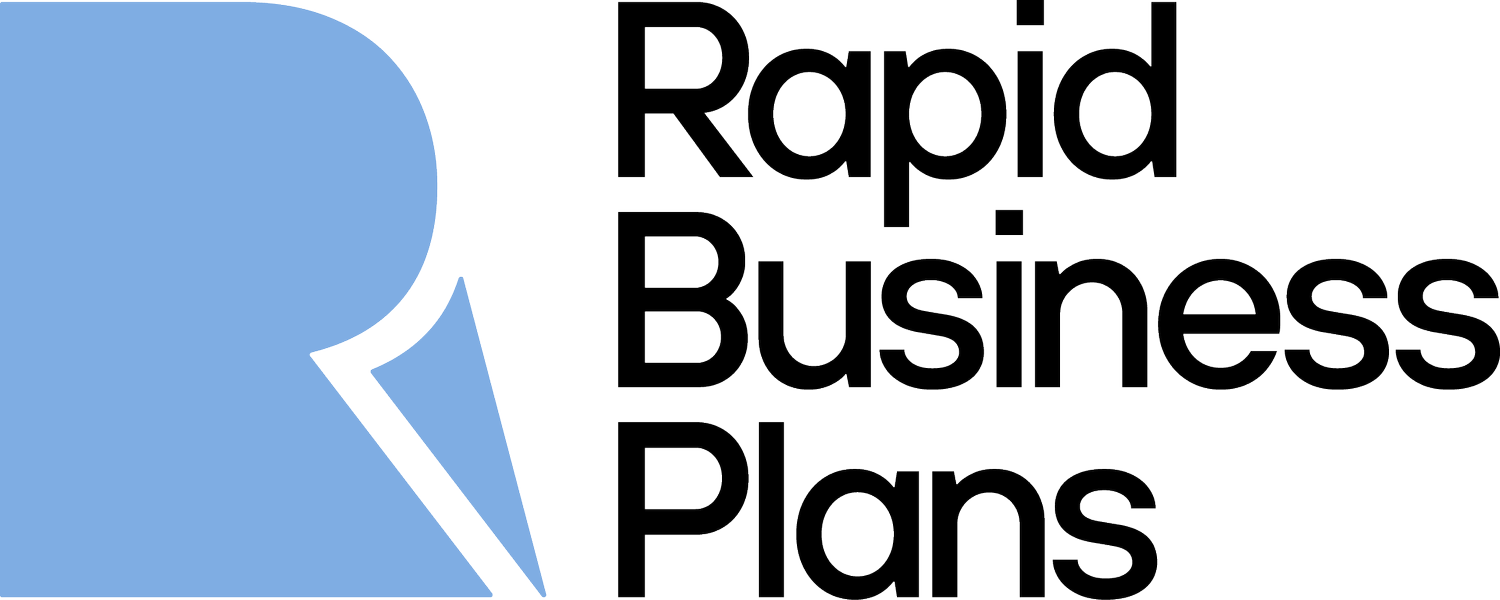SBA Tightens 7(a) Loan Standards: What Small Businesses Should Know
/In an important policy shift, the U.S. Small Business Administration (SBA) has announced new reforms to its flagship 7(a) loan program. These changes, aimed at reversing Biden-era policies, focus on tightening underwriting standards, reinstating lender fees, and restoring the program’s long-standing “zero-subsidy” model that protects taxpayers.
For small business owners seeking access to SBA financing in 2025 and beyond, these changes signal a return to a more rigorous, documentation-heavy lending environment—where preparation, transparency, and clear financial planning will matter more than ever.
Why the SBA is Tightening the 7(a) Program Now
The 7(a) loan program has historically been the SBA’s most important tool for helping small businesses secure capital when traditional banks might say no. It has funded expansions, equipment purchases, startups, and acquisitions across virtually every industry.
But recent years brought substantial changes. During the Biden Administration, lender fees were reduced or eliminated, and underwriting guidelines were relaxed under a “Do What You Do” approach—an effort to make loans more accessible. Unfortunately, the results were concerning: higher defaults, looser oversight, and by 2024, the program saw its first negative cash flow in over a decade (approximately $397 million).
By reinstating fees and restoring stricter credit standards, the SBA aims to stabilize the program, ensuring it remains solvent—and available—for future generations of entrepreneurs.
What This Means for Borrowers
Stricter underwriting standards mean borrowers can expect:
Deeper financial review: Lenders will likely require more comprehensive documentation, including stronger business plans, detailed cash flow projections, and proof of operational stability.
Higher lender fees: The cost of borrowing will increase slightly compared to the past few years, restoring a system where lenders and borrowers share more risk.
Less leniency on weak applications: Deals that previously might have been approved under looser rules may now face higher scrutiny—or outright rejection—if they don’t demonstrate clear viability.
In short, lenders will once again prioritize applicants who show not just ambition, but financial discipline and preparedness.
A New Environment That Rewards Preparation
For business owners, this shift creates both a challenge and an opportunity.
The challenge is clear: getting funding will require stronger documentation, a clear strategic plan, and a financial story that instills lender confidence. The casual, “just enough” approach to loan applications is over.
But the opportunity is equally real: businesses that take the time to put their best foot forward will stand out in a tightening field. Lenders still want to deploy capital—they’re just being more careful about where it goes.
That means a strong, thoughtful, SBA-compliant business plan isn’t just helpful anymore. It’s essential.
How to Stay Ahead
The businesses that succeed in this next chapter will be the ones that anticipate lender concerns before they’re asked:
Mapping out how loan funds will be deployed
Showing realistic financial projections tied to market data
Providing contingency plans that acknowledge economic uncertainties
Demonstrating that management teams have both experience and a clear operational strategy
In an environment where capital is harder to secure, clarity wins.
Planning for Success
At Rapid Business Plans, we work with small businesses across Jacksonville, Florida, to create lender-ready strategies that align with SBA expectations and today’s tougher lending environment.
We don’t just help you meet application requirements—we help you tell a stronger financial story, mitigate lender concerns, and position your business for success in a more competitive funding landscape.
If you’re seeking a 7(a) loan, expanding your business, or simply preparing for growth, having the right plan isn’t optional anymore—it’s your advantage. In a stricter lending environment, preparation wins.
Let’s build a smarter, stronger plan together.




